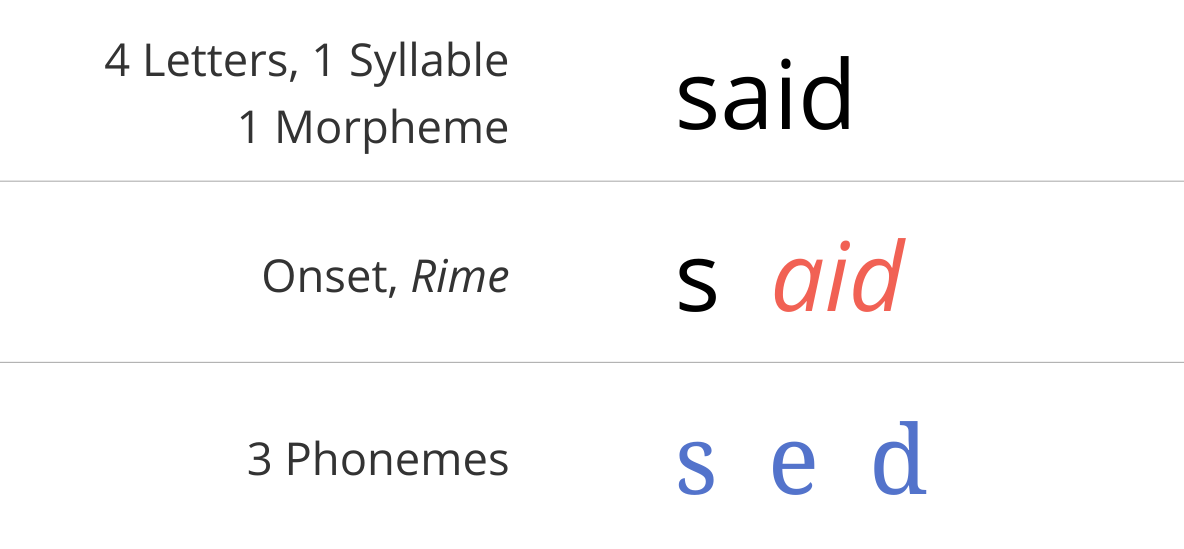HUMAN language is the subject of endless scientific investigation, but the gestures that accompany speech are a surprisingly neglected area. It is sometimes jokingly said that the way to render an Italian speechless is to tie his wrists together, but almost everyone moves their hands in meaningful ways when they talk. Susan Goldin-Meadow of the University of Chicago, however, studies gestures carefully–and not out of idle curiosity. Introspection suggests that gesturing not only helps people communicate but also helps them to think. She set out to test this, and specifically to find out whether gestures might be used as an aid to children’s learning. It turns out, as she told the AAAS, that they can.
The experiment she conducted involved balancing equations. Presented with an equation of the form 2 + 3 + 4 = x + 4, written on a blackboard, a child is asked to calculate the value of x. In the equations Dr Goldin-Meadow always made the last number on the left the same as the last on the right; so x was the sum of the first two numbers. Commonly, however, children who are learning arithmetic will add all three of the numbers on the left to arrive at the value of x.
In her previous work Dr Goldin-Meadow had noted that children often use spontaneous gestures when explaining how they solve mathematical puzzles so, to see if these hand-movements actually help a child to think, or are merely descriptive, she divided a group of children into two and asked them to balance equations. One group was asked to gesture while doing so. A second was asked not to. Both groups were then given a lesson in how to solve problems of this sort.

e = get, head
Dive into said